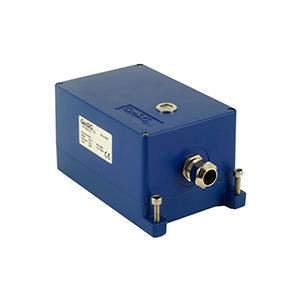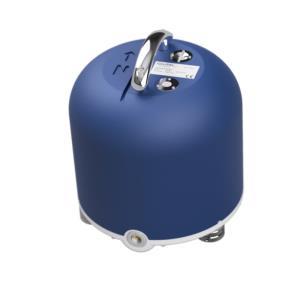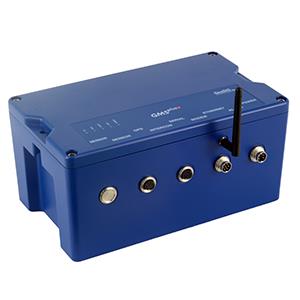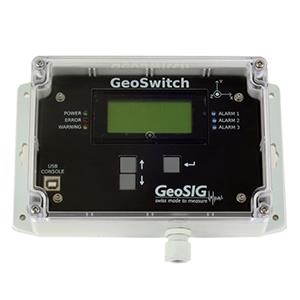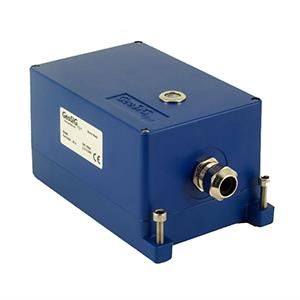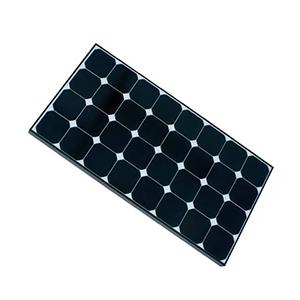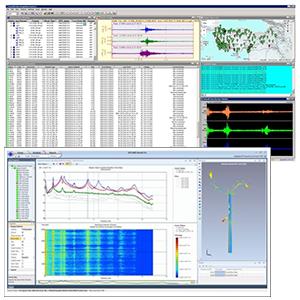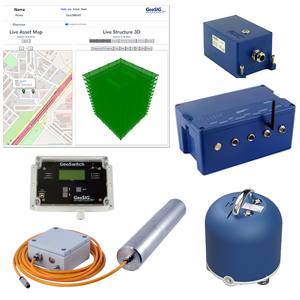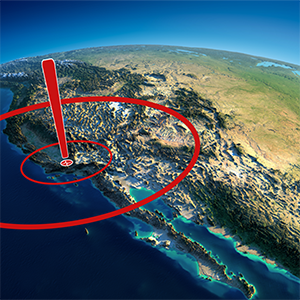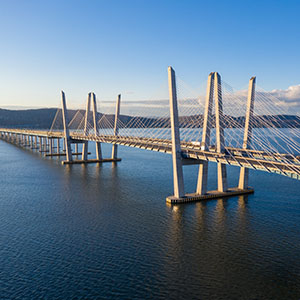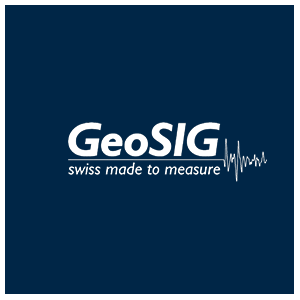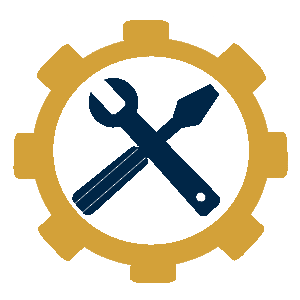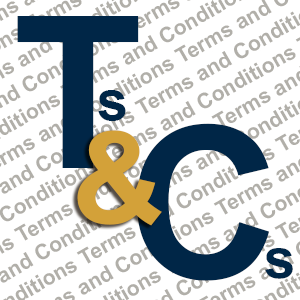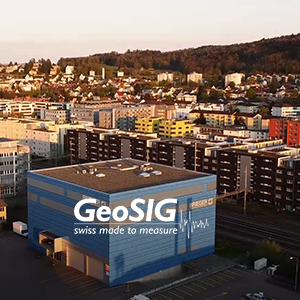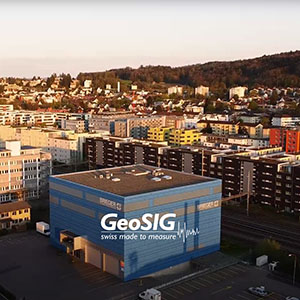'GeoSMART: A Black Box Approach to Structural Health Monitoring'
10/06/2025
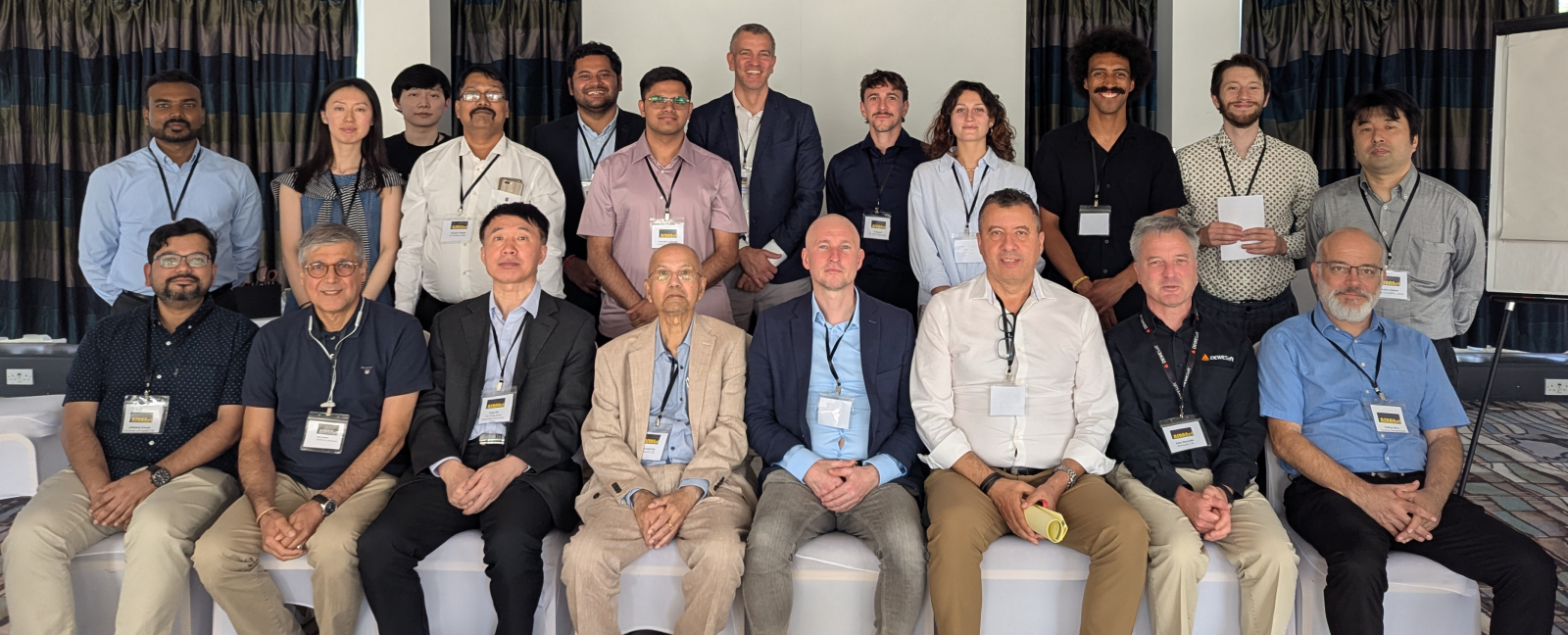
GeoSIG was a sponsor of HeaMES 2025: the 6th International Conference on Health Monitoring of Civil & Maritime Structures, which was hosted at London Croydon Aerodrome Hotel, London, Croydon, UK, June 23-24, with a networking session from 18:00-19:30 on June 23.
The event was hosted by ASRANet Ltd, and along with GeoSIG, it was co-sponsored by DeweSoft. GeoSIG’s own Reza Ghadim served on the Technical Advisory Panel. Among the papers that were presented at #HeaMES2025 was a GeoSIG paper presented by Dr. Talhan Biro entitled, “GeoSMART: A Black Box Approach to Structural Health Monitoring,” which advocates for an increased adoption of SHM for buildings.
The event aimed to discuss a variety of topics related to SHM. There is an urgent need for further progress in structural health monitoring SHM for both civil and maritime structures. Maximising the availability and productivity of onshore and offshore infrastructure and marine vessels, whilst operating them safely and with minimal impact on the environment, is of major concern to operators. Many such structures are unique, e.g. ships such as FPSOs have specific constraints, loading characteristics and damage consequences that make them different to other offshore installations and conventional ships, and often more challenging to maintain and operate.
Market research shows that there is a need for efficient SHM which could facilitate structural, fatigue and corrosion analyses and underpin risk based inspections to address the structural integrity of onshore and offshore structures. Radical developments in the telecommunication, sensor and data processing technologies are transforming the way that asset management is conceived and carried out.
Sensors and structural health monitoring systems are increasingly becoming an integral part of new and existing buildings, bridges, offshore structures and installations, and vessels. Sensing arrays can be permanently connected to distributed management networks so that owners, users, and in general, all those involved in the management process and connected via the Internet can query in real time condition and performance during construction and operation. Whereas today the structural engineer conceives the single building or bridge as a stand-alone project, in future it is likely that structures will be regarded as nodes of a complex infrastructure network. Design specifications, real-time operation, and any decision on maintenance, upgrading and reconstruction of the single node will reflect the management policy of the whole system, properly accounting for concepts such as cost, risk and sustainability and structural health monitoring will play a critical role in these transformed approaches.
HeaMES 2025 provided an ideal platform for innovative industry and practitioners, leading researchers, technology developers, and supply chain partners to meet. Bringing the pioneering experts together, the conference aimed to promote exchange of ideas.
Conference themes included:
- Performance and condition monitoring
- Quantitative SHM-based reliability, safety and performance assessment
- Modelling and dealing with uncertainty in SHM data
- Economic analysis of SHM strategies and benefits
- Management of structures exceeding design life
- Damage control, repair and strengthening
- Damage detection
- Modelling of operational and environmental influences
- Digital twin/SHM integration
- SHM-based design
- Validation and certification
- Design guidelines and codes
- Signal processing
- Big data in SHM
- Real time monitoring
- Standardisation of SHM systems
- Sensors and actuators for infrastructure instrumentation
- Sensor networks
- Remote monitoring systems
- Global system integration
- Smart structures and materials
- Field applications and case studies
- Critical issues in SHM
- Visionary, disruptive and transformational concepts


